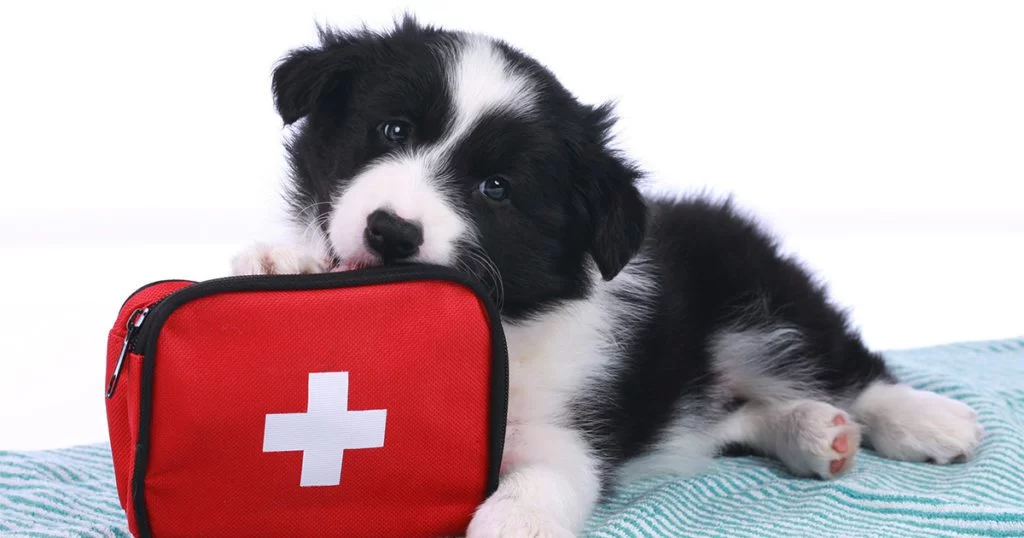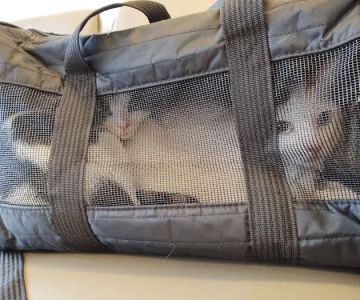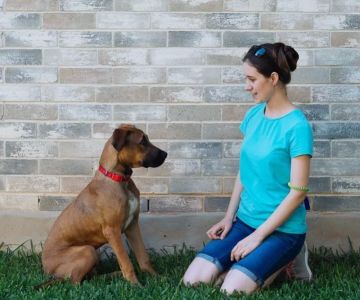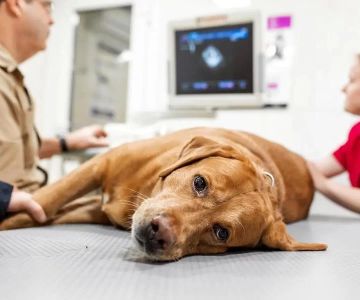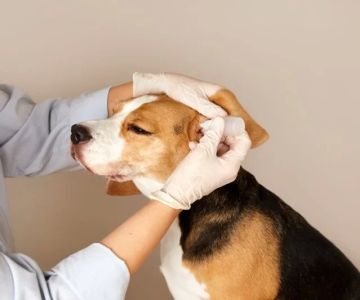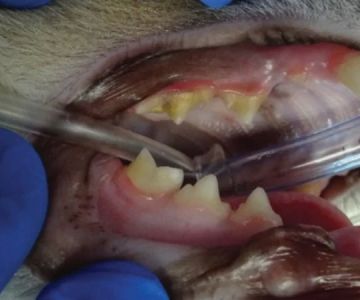How to Prepare a Pet First Aid Kit: Essential Items and Tips
- Why You Need a Pet First Aid Kit
- Essential Items for Your Pet First Aid Kit
- Tips for Using a Pet First Aid Kit
- When to Seek Veterinary Help
- How Hidden Brook Veterinary Can Help
Why You Need a Pet First Aid Kit
Pets, much like humans, can encounter accidents and health issues that require immediate care. Whether it's a minor cut, a bee sting, or an unexpected allergic reaction, having a well-prepared pet first aid kit can make a significant difference. In an emergency situation, knowing how to respond quickly and effectively can help prevent the condition from worsening until you can get your pet to a veterinarian.
Being proactive by assembling a pet first aid kit ensures you're prepared for common pet emergencies. It's important to remember that while a first aid kit is essential for managing minor injuries, it's not a substitute for professional veterinary care. Knowing what to include in your kit and how to use the items effectively is crucial for ensuring your pet's safety.
Essential Items for Your Pet First Aid Kit
A well-stocked pet first aid kit should contain items that cover a wide range of common emergencies. Here are the must-have supplies that every pet owner should include:
1. Bandages and Gauze Pads
Bandages and gauze pads are essential for stopping bleeding and protecting wounds. Be sure to have a variety of sizes, as different types of injuries will require different coverage. Non-stick bandages are ideal for covering cuts or abrasions.
2. Antiseptic Wipes or Solution
To clean wounds and prevent infection, antiseptic wipes or solutions are a must. Always use a pet-safe antiseptic, as some human products can be toxic to animals.
3. Tweezers
Use tweezers to remove splinters, ticks, or bee stingers from your pet's skin. Make sure the tweezers have fine tips for better precision and control.
4. Thermometer
A digital thermometer is a handy tool to check your pet’s body temperature. A fever can indicate an infection, and knowing your pet's normal temperature can help you determine if there's a medical emergency.
5. Adhesive Tape
Adhesive tape can secure bandages or gauze pads in place. Be sure to select a tape that won't damage your pet's skin, such as medical or surgical tape.
6. Scissors
Pet-safe scissors are useful for cutting tape, bandages, or fur around a wound. Ensure they have rounded tips to avoid accidental injury.
7. Instant Cold Pack
An instant cold pack can help reduce swelling or discomfort from sprains, strains, or insect bites. It's useful for providing temporary relief before you can visit the vet.
8. Emergency Contact Information
Keep a list of emergency contacts, including your veterinarian's phone number, the nearest emergency clinic, and poison control. Having this information readily available can save time during an emergency.
9. Pet First Aid Manual
A pet first aid manual or guide can help you understand how to use the items in your kit correctly and provide step-by-step instructions for handling different emergency situations.
Ensure your pet first aid kit is stored in a cool, dry place, and check it regularly to ensure all items are in good condition and not expired. It’s also a good idea to familiarize yourself with the use of each item, as well as basic first aid for pets, so you're ready if an emergency occurs.
Tips for Using a Pet First Aid Kit
When an emergency strikes, it's important to stay calm and act quickly. Here are a few tips for using your pet first aid kit effectively:
1. Stay Calm and Assess the Situation
Before you act, take a moment to assess the situation. Panicking can make it harder to think clearly. Check your pet’s condition, and determine if immediate first aid is necessary or if you should take them to the vet right away.
2. Prioritize Life-Threatening Issues
If your pet is bleeding heavily or showing signs of severe distress, prioritize life-threatening issues first. Apply pressure to stop bleeding, keep your pet calm, and head to the nearest emergency veterinary clinic if necessary.
3. Follow Instructions Carefully
Always follow the instructions in your pet first aid manual carefully. Incorrect application of bandages, medications, or other treatments can worsen the condition. If in doubt, call your vet for guidance.
When to Seek Veterinary Help
Even with a fully stocked first aid kit, there are situations where professional veterinary care is essential. You should seek veterinary help if:
- Your pet’s condition does not improve or worsens despite first aid efforts.
- Your pet is showing severe signs of pain or distress.
- The injury is serious, such as deep cuts, fractures, or burns.
- You suspect your pet has ingested something toxic.
While home care is essential for stabilizing your pet, only a veterinarian can provide a thorough examination and offer advanced medical treatment when needed.

